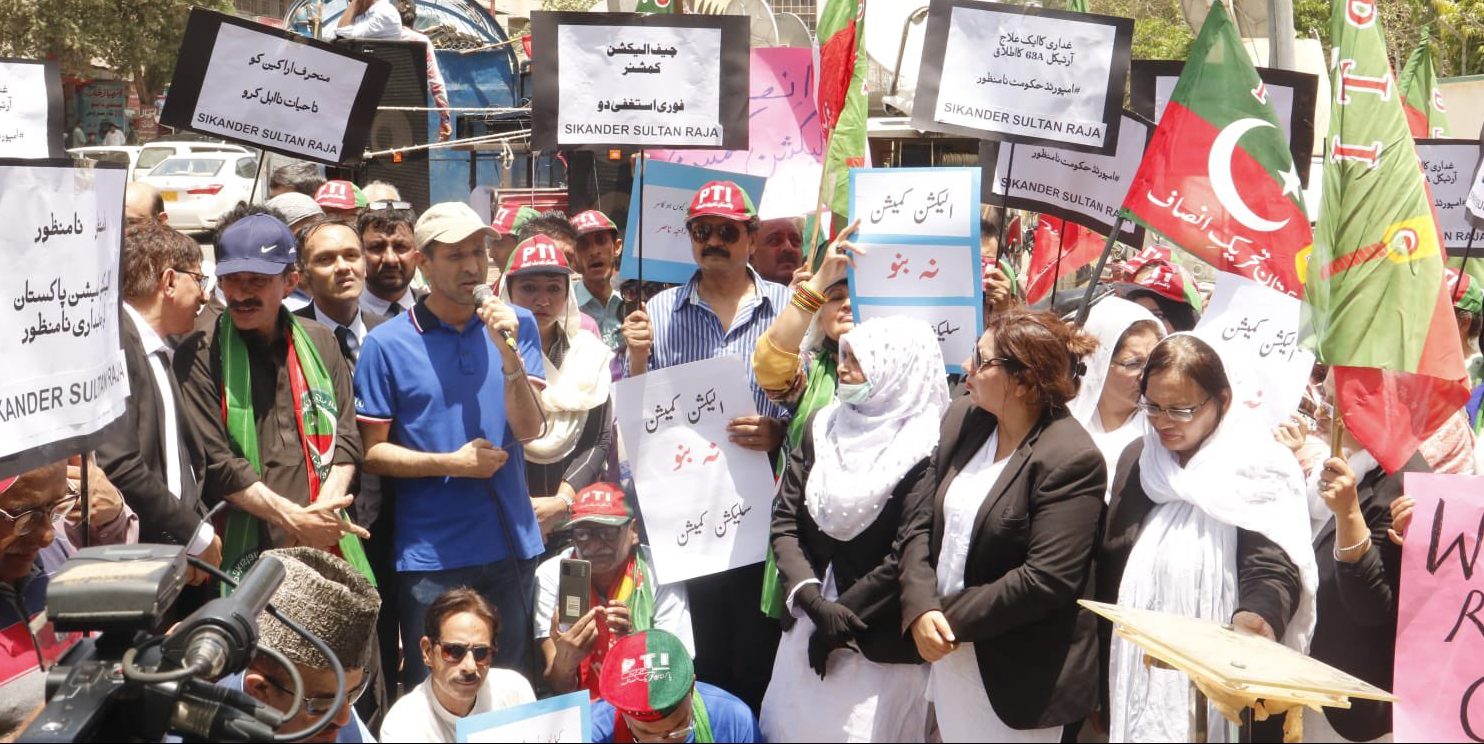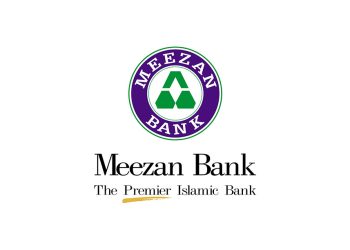The International Monetary Fund (IMF) concluded its inaugural assessment of Pakistan’s economic reform initiative, backed by a $3 billion Stand-By Arrangement (SBA), allowing for an immediate disbursement of $700 million, as disclosed by the finance ministry on Thursday January 11, 2024.
In an official statement, the ministry highlighted that the completion of the initial review by the IMF’s Executive Board, coupled with a payment of 528 million in special drawing rights, brought the cumulative disbursements under the SBA to $1.9 billion.
Pakistan Stock Market also rejoiced this with early anticipation of the approval of the review Thursday, January 11, 2024. During Thursday’s trading session, the Pakistan Stock Market’s KSE-100 index showed signs of improvement, closing at 64,617.57, up 697.72 points, or 1.09%. Expectations of a positive outcome from the meeting with the International Monetary Fund (IMF) regarding the second loan tranche of $700 million fuelled investor optimism.
The Executive Board of the International Monetary Fund (IMF) completed the 1st review and allows for an immediate disbursement of SDR 528 million (around US$ 700 million) bringing the total disbursements under the SBA to US$ 1.9 billion.
— Ministry of Finance, Government of Pakistan (@Financegovpk) January 11, 2024
The stabilisation of the Pakistani rupee in recent months has been largely attributed by analysts to the positive impact of the IMF funding as well as recent financial support from multilateral lenders. Prominent allies such as the United Arab Emirates, China, and Saudi Arabia have expressed confidence that the most recent funding round will help to facilitate rollovers. The pressure to repay external debt is then anticipated to lessen as a result.
BACKGROUND
The IMF Executive Board gave its blessing to a crucial nine-month deal for economic stabilisation between Pakistan and the IMF in June 2023. The agreement called for the immediate payment of $1.2 billion, with the remaining funds to be phased in over the course of the programme, subject to the results of two quarterly reviews.
Anticipated to conclude in the second week of April, the current IMF program saw its initial tranche of $1.2 billion released in July.
Following a Staff-Level Agreement reached between the IMF staff and Pakistani authorities in November 2023 regarding the first review under Pakistan’s SBA, the latest announcement paves the way for the country to likely receive the remaining funds in March, completing the $3 billion SBA.
Despite this financial support, caretaker Finance Minister Shamshad Akhtar has informed the nation of the necessity to enter a new agreement with the IMF to bolster the economy. High inflation remains a persistent challenge for Pakistan, registering at 29.7% for December, up from 29.2% in the preceding month.
The historical data reveals that Pakistan, since becoming an IMF member in July 1950, has engaged in 24 arrangements with the lending agency, underscoring the nation’s longstanding reliance on IMF support to navigate economic challenges.
PAKISTAN – IMF: A HISTORICAL ANALYSIS
Pakistan’s enduring association with the International Monetary Fund (IMF) since 1958 has intricately woven a narrative of financial hurdles, strategic maneuvers, and global assistance, significantly influencing the nation’s economic trajectory over the decades.
Recent data paints a nuanced picture of Pakistan’s ongoing interaction with the IMF, holding considerable implications for economic stability. Currently ranking fifth in outstanding debt with the IMF at $7.4 billion, Pakistan follows Argentina, Egypt, Ukraine, and Ecuador.
In 1958, Pakistan secured its first-ever IMF bailout, amounting to $25,000 (equivalent to about $274,000 in 2024). Notably, the largest-ever loan of $7.6 billion in 2008, under the Gillani government, saw a subsequent withdrawal of $4,936,035.
As the IMF Executive Board convenes on January 11 to review Pakistan’s request for additional funds, the meeting will scrutinize the final approval for the disbursement of a $700 million tranche within the ongoing $3 billion Stand-By Arrangement (SBA).
In the fiscal year 2023, Pakistan’s IMF purchases totaled a significant $894 million, accompanied by charges and interest payments of $776 million and $325.8 million, respectively. Noteworthy purchases in 2022, reaching $1.64 billion, underscore the deepening financial reliance on the IMF, prompting questions about Pakistan’s economic challenges and development initiatives.
Critical phases in Pakistan’s economic history, such as 2013, marked a turning point with significant disbursements and repayments. While financial aid requests were notable in 2001 and 2008, it was 2013 that carried far-reaching implications.
The persistent economic challenges faced by Pakistan underscore a delicate equilibrium involving disbursements, repayments, and interest payments. Notable strategic repayments in specific years, such as 2009 and 2014, underscore Pakistan’s proactive stance on debt management, reflecting a commitment to fiscal discipline.
While specific reform measures are not explicitly detailed, historical transactions suggest that IMF engagements play a pivotal role in shaping Pakistan’s economic reform agenda. Ongoing initiatives, including currency stabilization, inflation management, and structural reforms, indicate a consistent interplay with the IMF.
Balancing the fine line between IMF support and the overarching goal of reducing reliance on external aid presents a nuanced challenge. Substantial purchases in 2022 and 2023 hint at Pakistan grappling with economic challenges or pursuing significant development initiatives.
Research highlights the serious repercussions of IMF agreements, with increasing poverty, unemployment, low growth, and balance of payment issues at the forefront. Critics argue that IMF loans may encourage reckless domestic economic policies, fostering long-term dependency. Ongoing debates on IMF conditionalities persist, raising concerns about their impact on economic growth.
Despite providing temporary relief, experts caution that structural problems leading to past defaults remain unaddressed.
Analyzing Pakistan’s borrowing practices, experts warn against living beyond means with minimal gains. The IMF defends its latest deal, stating it offers Pakistan a policy anchor and a framework for financial support.
Since its affiliation with the IMF in 1950, Pakistan has sought IMF bailouts 23 times in 75 years, underscoring the high unpredictability of its economy. Historical events, such as the loss of East Pakistan in 1971, prompted substantial loans to address economic challenges. The cyclical nature of seeking IMF assistance highlights the complexities of managing Pakistan’s economic landscape.
CONCLUSION: IMF SUPPORT
The recent completion of the International Monetary Fund’s (IMF) inaugural assessment of Pakistan’s economic reform initiative, supported by a $3 billion Stand-By Arrangement (SBA), signifies a crucial step in addressing the nation’s financial challenges.
With an immediate disbursement of $700 million and cumulative disbursements totaling $1.9 billion, the positive impact on the stability of the Pakistani rupee is attributed to both IMF funding and multilateral lender support.
However, the historical analysis spanning over seven decades highlights a persistent reliance on the IMF, with 24 engagements since 1958, emphasizing the need for a delicate balance between external assistance and the pursuit of long-term economic independence.
As Pakistan seeks additional funds and addresses ongoing challenges, the complexity of managing economic stability becomes evident, necessitating strategic planning and comprehensive reforms for sustained growth.



















